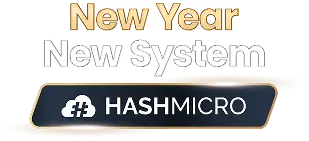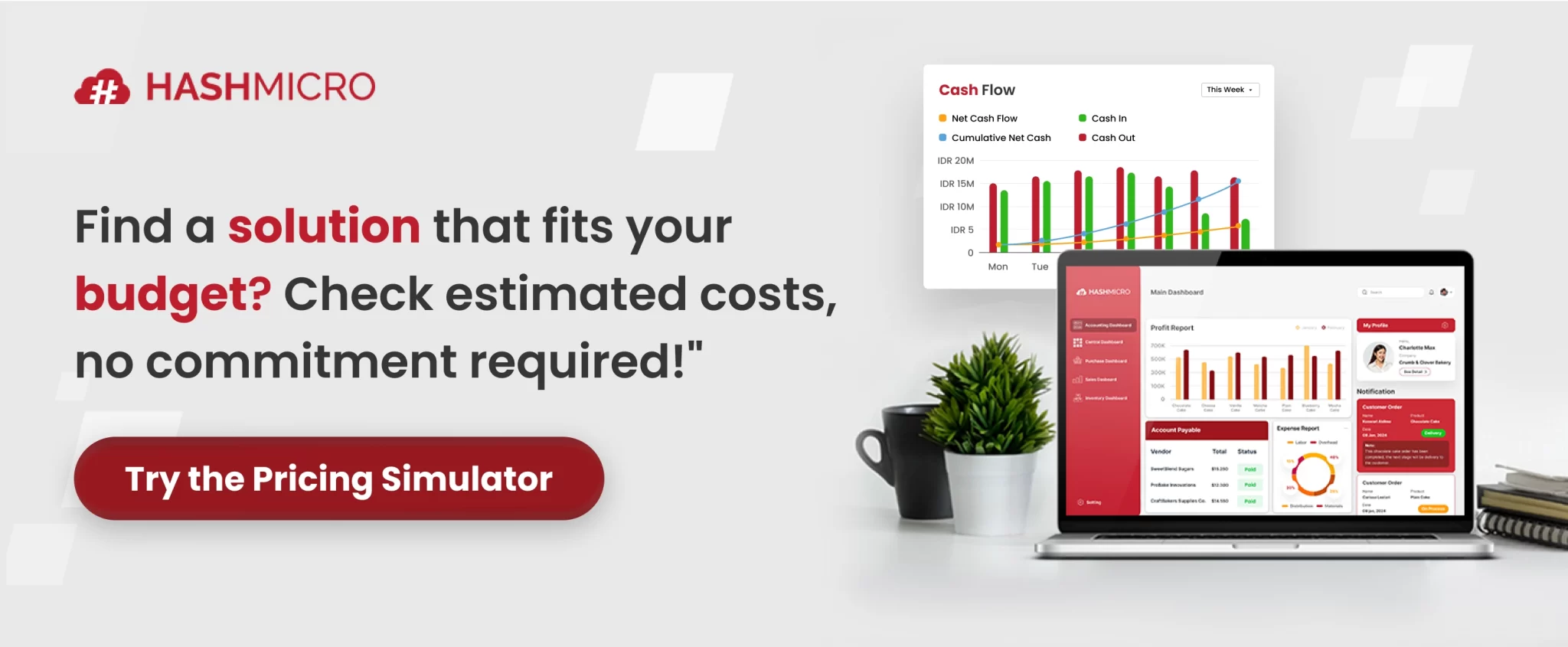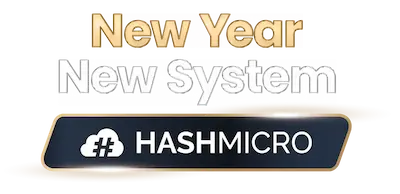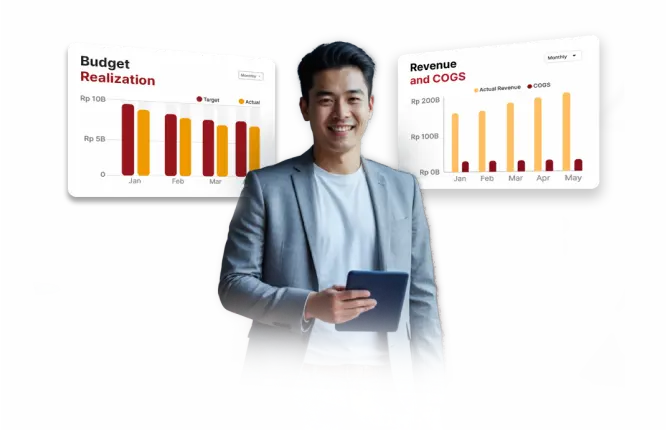Running my catering business, I quickly realized that serving delicious food is only half the job; managing finances is just as crucial. Without proper accounting, even the most successful events can turn into financial headaches.
I used to handle bookkeeping manually, but it was time-consuming and prone to mistakes. That’s when I started looking into catering management software with accounting features, and it completely changed how I track revenue, expenses, and profits.
With automated financial reports and bookkeeping, I can focus more on growing my business instead of worrying about numbers. If you want to simplify your catering accounting like I did, check out this guide to catering software for tools that make the process seamless.
Key Takeaways
|
Cost Allocation in the Catering Business
It is obvious for caterers to purchase ingredients, but you also need to allocate costs to multiple other things. The costs incurred by caterers can be divided into two groups such as variable costs, which change to sales volume, and fixed costs, which typically remain constant regardless of the amount of business the caterer generates.
Caterers may also allocate costs to supplies that differ from cooking equipment to serving utensils. Another cost allocation is materials which includes both the food’s components as well as any throwaway cutlery and plates.
Some caterers also have labor costs to pay as a part of their operational process such as preparing, cleaning, or serving. Regardless, it is crucial to always record these expenses to make it easier for bookkeeping.
Key Aspects of Catering Accounting
There are several key aspects of catering accounting that you need to understand to maintain a financially healthy and organized business. Here’s what to focus on:
- Income recording: Accurately record all payments and revenue from clients for catering services and events.
- Cost tracking: Meticulously record all costs associated with food, labor, event, supplies, and overhead to understand the true expenses of each event.
- Menu pricing: Develop and implement pricing strategies that cover costs, achieve profitability, and remain competitive in the market.
- Event budgeting: Create detailed budgets for each event, factoring in all anticipated income and expenses to control costs and maximize profit.
- Cash flow management: Monitor cash inflows and outflows to ensure the business has enough liquidity to meet its financial obligations.
The Essentials of Catering Accounting
Catering accounting is essential for running a financially healthy and well-organized business. Proper accounting helps you track revenue, control expenses, manage cash flow, and ensure timely payments.
- Profitability: Ensures that events are priced correctly and costs are managed effectively to maximize profit margins.
- Financial viability: Provides the financial insight needed to maintain stability and long-term sustainability in the competitive food service industry.
- Informed decision-making: Accurate accounting data enables caterers to make strategic decisions regarding pricing, menu selection, and operational efficiency.
- Focus on core services: It allows business owners to concentrate on providing high-quality culinary experiences, knowing that their financial operations are being handled effectively.
Catering Accounting Tips for You

Like any other business, accounting is important to ensure your financial state. Caterers often don’t have much experience in this matter. Therefore, using catering software should help you in simplifying accounting matters with its features.
Now, we will see some tips for your catering accounting and how catering software can assist you.
Financial planning for every event
One of the biggest challenges catering businesses face is keeping event costs under control. Without proper financial planning, overspending on ingredients, tools, packaging, or delivery can quickly eat into profits.
The solution is to treat each event as a mini-project and prepare a detailed plan that covers all expected and unexpected expenses. With this approach, you gain full visibility into your costs, compare them against projected earnings, and make smarter decisions before committing to purchases.
Record expenses accurately
Keeping track of all expenses is crucial for smooth catering accounting. From sales and purchases to payroll and operational costs, every expense impacts your business’s financial health. Manually recording them can be time-consuming and prone to errors, making it harder to maintain control over your finances.
With HashMicro’s Catering Software, you can automate expense tracking and bookkeeping effortlessly. The system records all costs, including production expenses, and provides real-time profit and loss data.
Monitor cash flow
Cash flow is a critical aspect of catering accounting. Proper monitoring ensures you have the necessary funds to purchase ingredients, rent equipment, and maintain smooth operations. Without it, unexpected expenses can catch you off guard, putting your business at risk.
By keeping a close eye on cash flow, you can maintain a healthy balance where income consistently exceeds expenses. This not only safeguards your financial stability but also allows you to maintain food quality and maximize profitability, ensuring your catering business thrives.
Choosing a payment method
Selecting a primary payment method early on is essential for accurate catering accounting. With income coming from multiple sources, having a preferred method helps streamline bookkeeping and keeps your financial records organized and accurate.
Implementing catering software with accounting features can make managing payments even easier. It automatically records all transactions, ensuring that every payment is accounted for and providing you with clear insights into your income.
Financial reporting
Financial reporting is a key component of catering accounting, enabling you to assess whether your investments of time and money are yielding a return. These reports also provide valuable insights and track financial performance, enabling informed business decisions.
Using catering software with automated reporting simplifies this process. It generates accurate, detailed financial reports in real time, reducing the risk of errors and financial loss. You can also make more informed decisions and keep your business running smoothly and efficiently.
Here is a table summary of some tips for your catering accounting to run effectively:
| Tips for Catering Accounting | Description |
|---|---|
| Financial planning for every event | Plan each event carefully to control costs, track expenses, and make smarter financial decisions for your catering business. |
| Record expenses accurately | Track all expenses accurately to maintain financial control, reduce errors, and ensure smooth catering accounting. |
| Monitor cash flow | Monitor cash flow to ensure funds are available for operations, maintain financial stability, and maximize profitability in your catering business. |
| Choosing a payment method | Select a primary payment method to streamline catering accounting, maintain accurate records, and gain clear insights into all transactions. |
| Financial reporting | Automate catering financial reporting to track performance, minimize errors, and make smarter, real-time business decisions. |
Also read: Tips to Avoid Catering Business Problems
Streamline Your Catering Accounting with Catering Software HashMicro
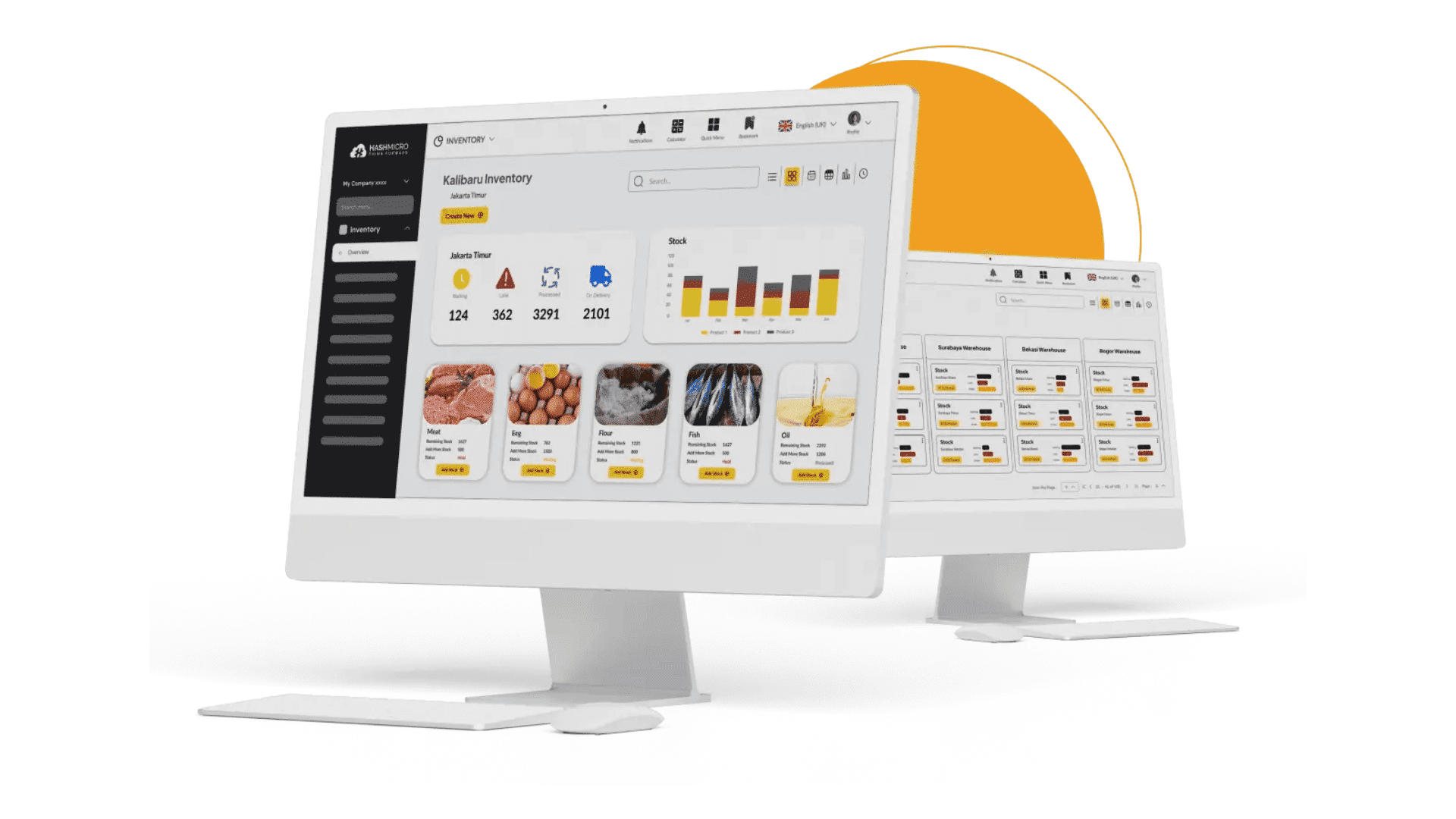
HashMicro’s Catering Software empowers catering businesses to fully manage their accounting and financial operations by streamlining bookkeeping and enhancing visibility across all transactions.
The software also helps analyze profit and loss, monitor cash flow, and compare financial performance against goals. HashMicro equips your catering business with intelligent tools to simplify accounting, optimize cost management, and ensure financial stability.
Key features of HashMicro Catering Software:
- Automated Expense Tracking: Record and categorize all costs, including ingredients, labor, and operational expenses, to keep financial records accurate.
- Real-Time Revenue Monitoring: Gain full visibility into incoming payments and sales, ensuring timely decision-making.
- Invoice and Payment Management: Generate, track, and manage invoices seamlessly to maintain smooth cash flow.
- Customizable Financial Workflows: Tailor accounting processes to match your catering business needs without complicating operations.
- Profit & Loss Analysis: Track earnings and expenses in real time for better insights into financial health.
- Predictive Financial Insights: Use analytics to forecast revenue, plan budgets, and optimize profitability.
Conclusion
As a caterer, it is important to pay attention to the financial matters of your business. Accounting is essential in order to keep on track with your financial state. In the catering business, accounting consists of recording financial transactions, provision of services and cash inflow from various sources. To simplify the complex process of catering accounting, you can implement the most complete catering software that will automate your accounting matters.
Accurate financial reporting and tracking are essential in any business. While the catering business may seem to deal with less stuff than other food businesses like restaurants, caterers should also be aware of the financial loss risk when accounting is not done correctly. Therefore, using catering best accounting software to assist you will benefit you significantly. This way, you can worry less about financial loss as well as always keeping on track with your financial state. You can start HashMicro’s Catering Software demo for free now.

Frequently Asked Questions
-
What is catering in accounting?
Businesses that offer food and beverage services for a variety of events and occasions, such as conferences, weddings, and corporate gatherings, are included in the catering industry.
-
What type of accounting is used in restaurants?
The two primary accounting methods used in the restaurant industry are the cash basis and the accrual basis. Each has distinct advantages and disadvantages, depending on the size and structure of the business.
-
How to record food expenses in accounting?
In catering, a cost may be defined as the price of goods used up, sold or consumed, and services rendered. Items are said to be consumed even when they are wasted, stolen or discarded, as happens frequently in food services

